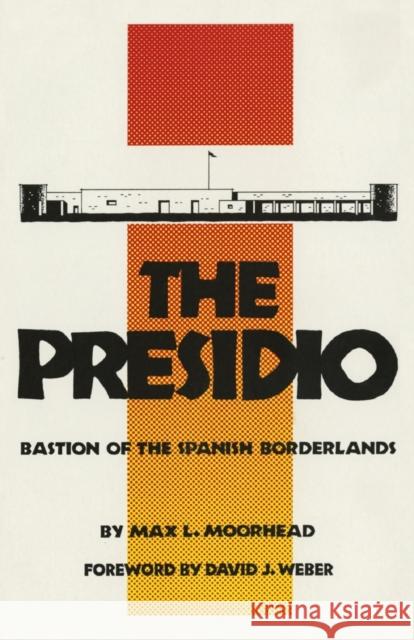The Presidio: Bastion of the Spanish Borderlands » książka
The Presidio: Bastion of the Spanish Borderlands
ISBN-13: 9780806123172 / Angielski / Miękka / 1975 / 304 str.
The presidio was as essential an element of Spanish civilization in the Mexican North and the American Southwest as the communities it was established to protect-missions, settlements, mines, and ranches. A fortified outpost in hostile Indian country, it not only assured Spanish occupation and retention of that vast region but also participated in its development. The presidio was first and foremost a garrisoned fort presiding over a military district. It was most often situated strategically in hostile terrain, forming an enclave of Spanish civilization and Christianity in an alien and "pagan" surrounding, as was its prototype in Spanish Morocco. Militarily the presidio played a role that the United States Army fort was later to assume in the West. But in its other functions as market center, sanctuary, social unit, religious outpost, and administrative seat, it had an impact on the frontier that was much more than military. The Presidio is the first full account of this important aspect of the Spanish dominion in the New World. The author spent many years in the United States, Mexico, and Spain, searching out the sites of the presidios-most of which have now crumbled to dust. In Spain he discovered detailed plans of many of them, which are included in the book. This is an indispensable work for every historian of the West and Mexico. Max L. Moorhead, was David Ross Boyd Professor of History at the University of Oklahoma. He also edited Santa Fe trader Josiah Gregg's classic account, Commerce of the Prairies, published in 1954 by the University of Oklahoma Press. David J. Weber specialized in the American Southwest and Mexico. He was founding director of the William P. Clements Center for Southwest Studies at Southern Methodist University and the author of Taos Trappers: The Fur Trade in the Far Southwest, 1540-1846 published by the University of Oklahoma Press."
The presidio was as essential an element of Spanish civilization in the Mexican North and the American Southwest as the communities it was established to protect-missions, settlements, mines, and ranches. A fortified outpost in hostile Indian country, it not only assured Spanish occupation and retention of that vast region but also participated in its development.The presidio was first and foremost a garrisoned fort presiding over a military district. It was most often situated strategically in hostile terrain, forming an enclave of Spanish civilization and Christianity in an alien and "pagan" surrounding, as was its prototype in Spanish Morocco.Militarily the presidio played a role that the United States Army fort was later to assume in the West. But in its other functions as market center, sanctuary, social unit, religious outpost, and administrative seat, it had an impact on the frontier that was much more than military.The Presidio is the first full account of this important aspect of the Spanish dominion in the New World. The author spent many years in the United States, Mexico, and Spain, searching out the sites of the presidios-most of which have now crumbled to dust. In Spain he discovered detailed plans of many of them, which are included in the book.This is an indispensable work for every historian of the West and Mexico.Max L. Moorhead, was David Ross Boyd Professor of History at the University of Oklahoma. He also edited Santa Fé trader Josiah Greggs classic account, Commerce of the Prairies, published in 1954 by the University of Oklahoma Press.David J. Weber specialized in the American Southwest and Mexico. He was founding director of the William P. Clements Center for Southwest Studies at Southern Methodist University and the author of Taos Trappers: The Fur Trade in the Far Southwest, 1540-1846 published by the University of Oklahoma Press.











